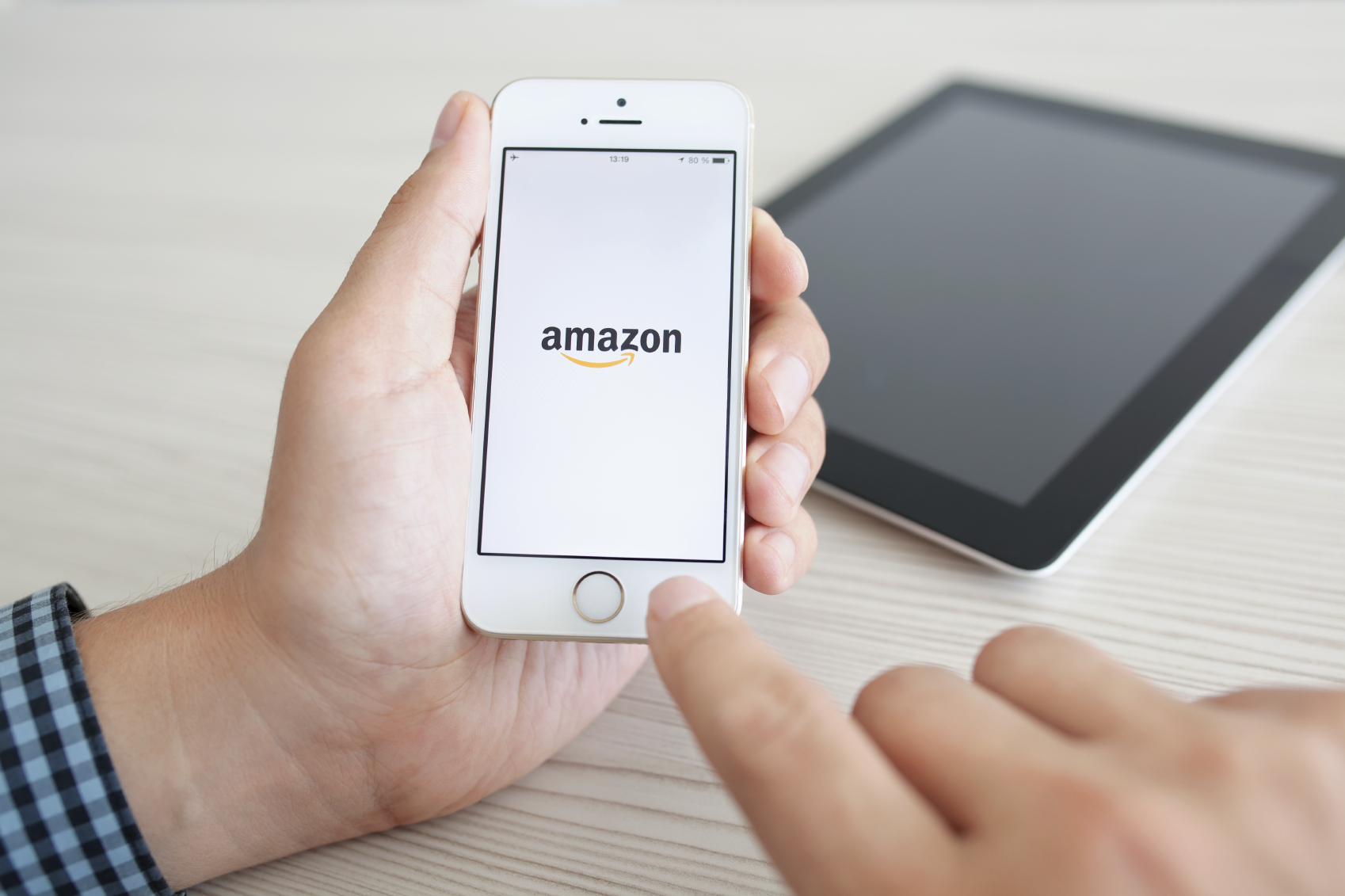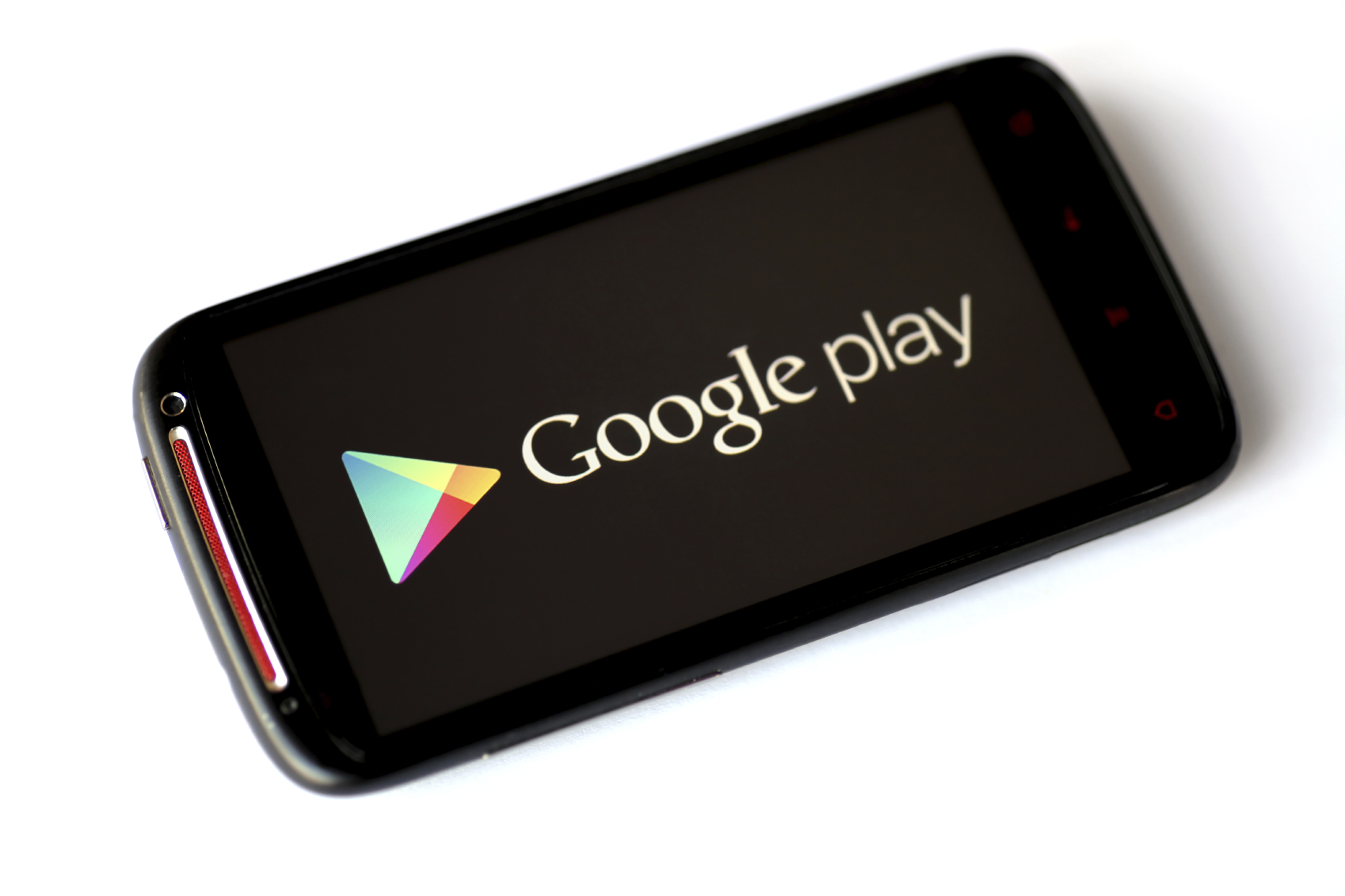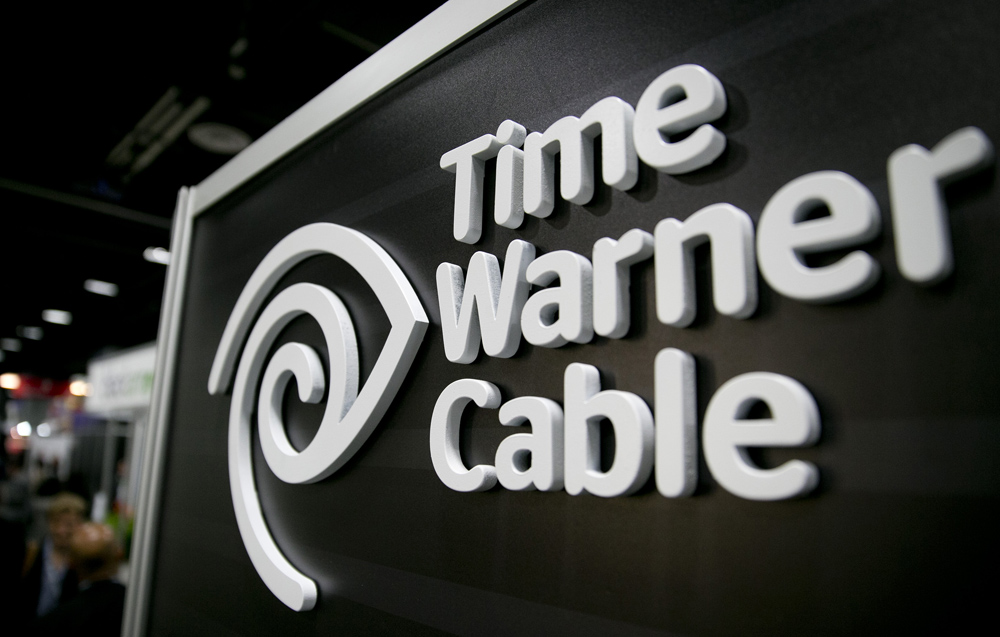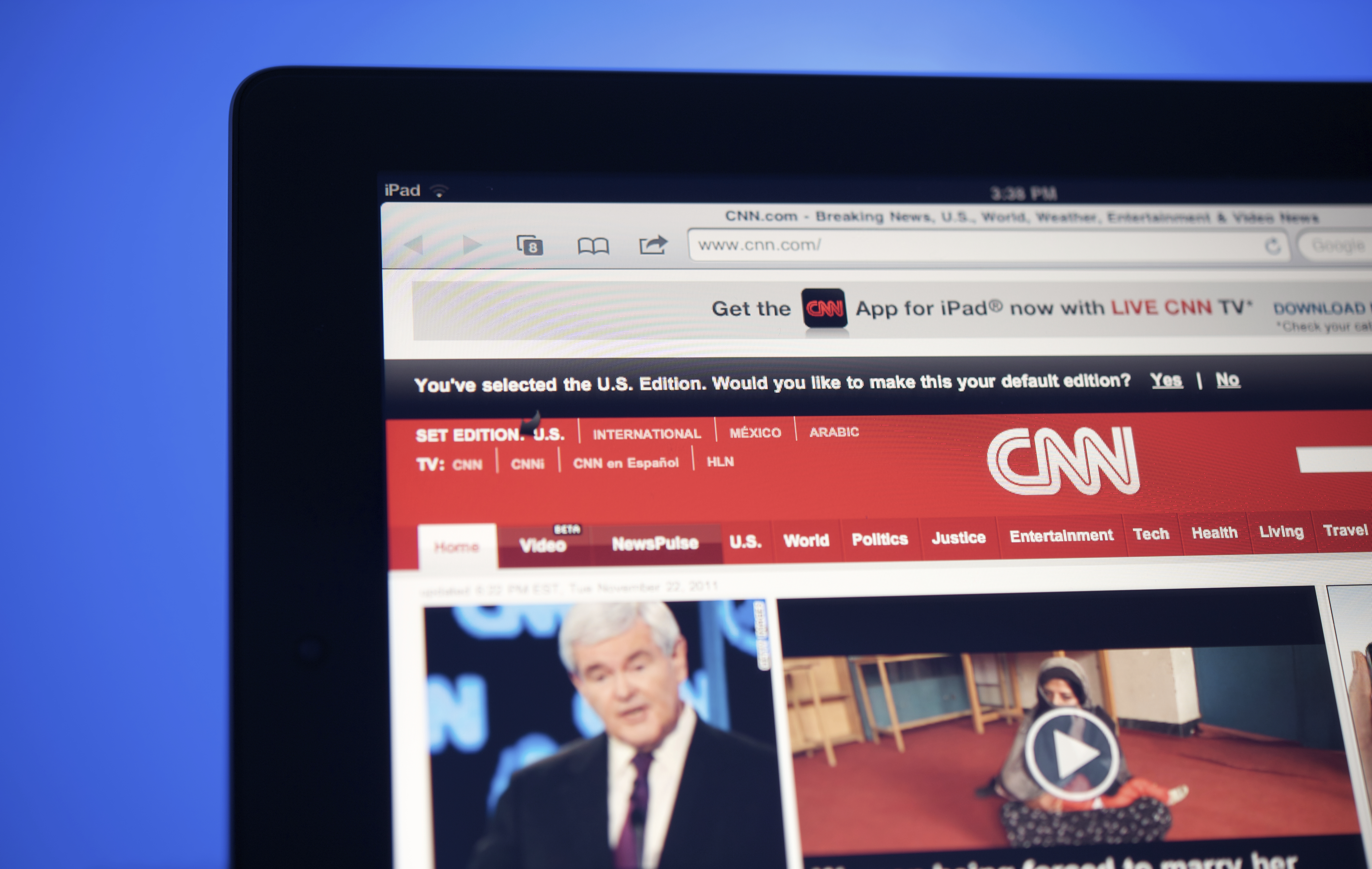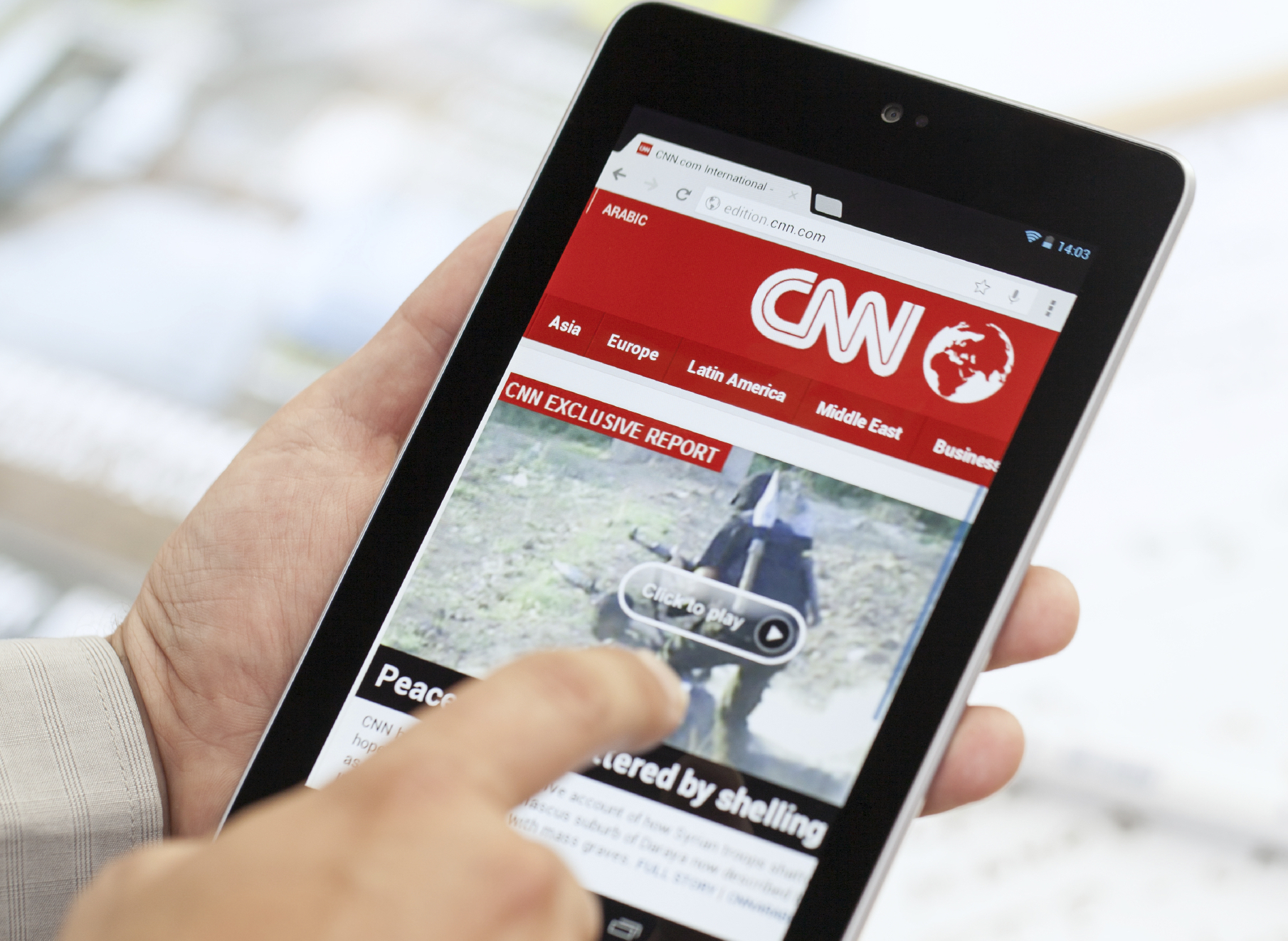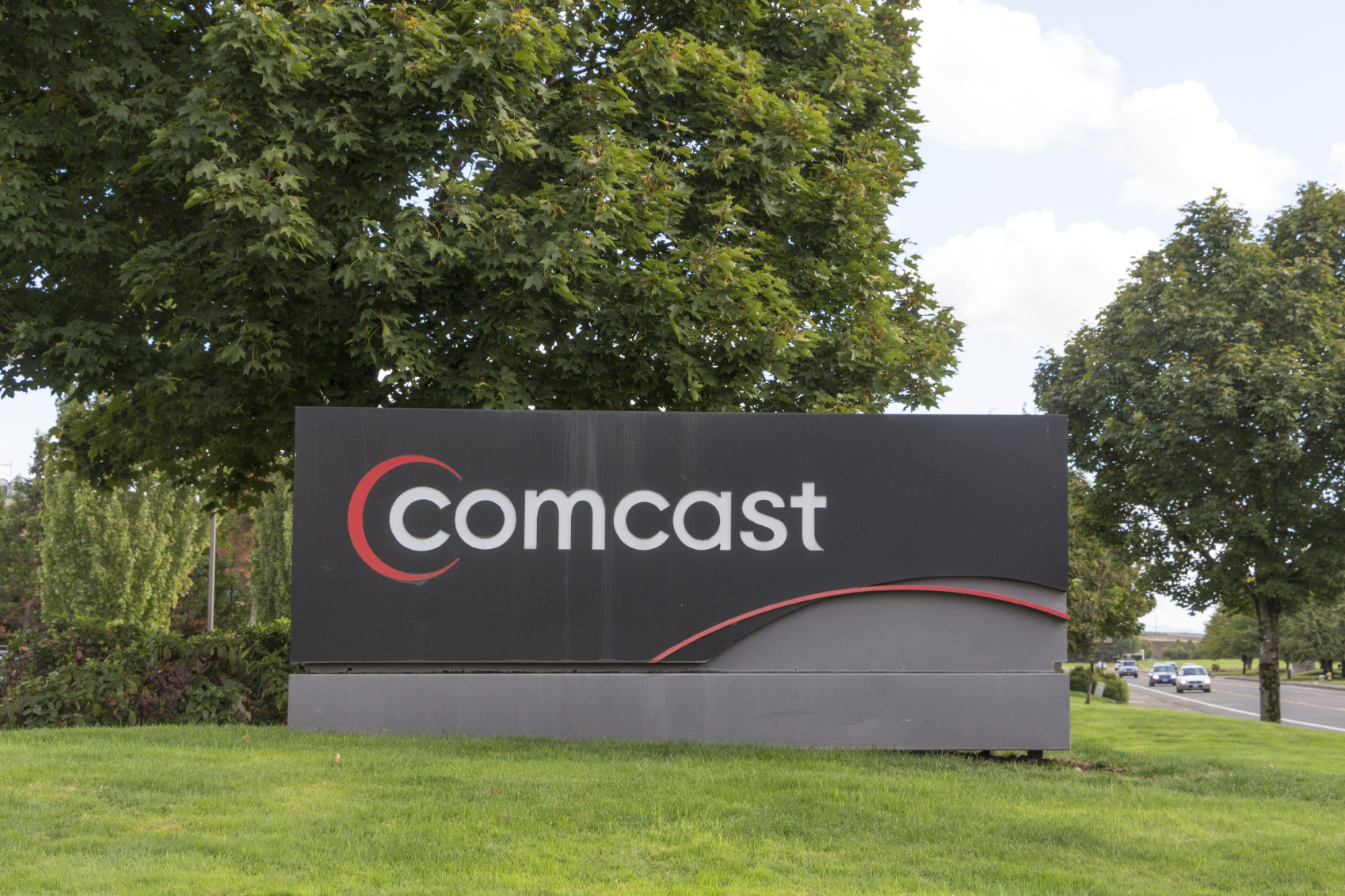What Happened
JetBlue first announced its plan to add Amazon’s Prime Instant Video and Prime Music service to its flights in May. Now the airline says that the streaming services are available on the majority of its WiFi-enabled planes. All JetBlue passengers with Amazon Prime memberships on those planes will be able to access Amazon’s media library for free, and non-members will still be able to purchase videos and songs a la carte from Amazon’s services.
What Brands Need To Do
This deal marks the first time Amazon has partnered with an airline to power an in-flight entertainment service, which should help to expand the reach of its OTT content. Passengers confined to their seats make great audience, and now Amazon will be there to capture their attention. Other media and entertainment brands should consider similar partnerships to make their content more widely accessible and attract a new audience.
Source: TechCrunch
